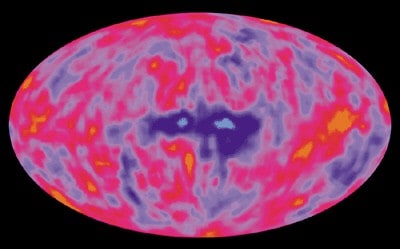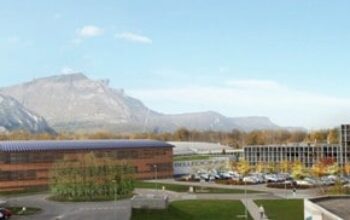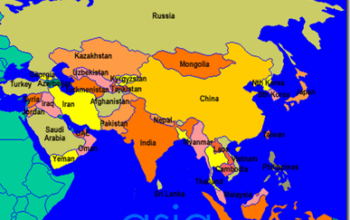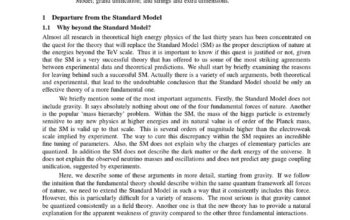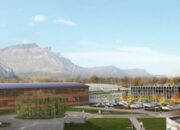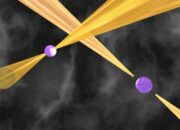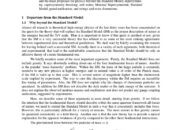The universe is a tapestry woven with intricate threads of time and space, a realm that has captivated the imagination of humankind for millennia. It raises profound questions about our origins, our existence, and the cosmic phenomena that surround us. At the forefront of this exploration is the Cosmic Background Explorer (COBE) team, whose monumental contributions to cosmology have recently earned them accolades and recognition. The triumph of the COBE team not only marks a pivotal moment in the field of cosmology but promises a shift in perspective that may lead to new avenues of inquiry regarding the Big Bang and the very fabric of the universe.
Understanding the cosmic microwave background (CMB) radiation is crucial to unraveling the mysteries of the universe’s inception. The COBE spacecraft, launched in 1989, was designed to measure this faint afterglow, a relic of the universe’s hot, dense past. As light from the early universe traveled through the vast abyss of space, it became stretched and cooled, ultimately manifesting as the CMB—a near-uniform blanket of microwave radiation permeating the cosmos. Prior to the COBE mission, the intricacies of this cosmic remnant remained largely enigmatic. The precise measurements made by COBE provided critical evidence supporting the Big Bang theory, shifting cosmological paradigms and enhancing our comprehension of the universe’s evolution.
One of the most significant achievements of the COBE team was the detection of anisotropies within the CMB. These minuscule temperature fluctuations, often imperceptible to the naked eye, are monumental in their implications. They represent the primordial seeds of all structure in the universe—galaxies, clusters, and superclusters—emerging from quantum fluctuations in the early cosmos. These discoveries not only offered empirical validation of inflationary models but also ignited fresh curiosity about the cosmos’s formative epochs.
The significance of the COBE project extends beyond mere data collection; it heralded a new era of cosmology characterized by rigorous scientific inquiry and interdisciplinary collaboration. The COSMIC (Cosmic Origin Spectrograph) experiments that followed provided a more nuanced understanding of the universe’s thermal history. Each subsequent observation by cutting-edge instruments, including the Wilkinson Microwave Anisotropy Probe (WMAP) and the Planck satellite, has further refined our cosmological parameters and amplified the intrigue surrounding the cosmic micro-phenomena that underpin our reality. Every finding burrows deeper into the origin of matter and the underlying principles of physics.
A pivotal concept emerging from the study of the CMB is the realization of the universe’s expansion, an idea that has profound philosophical implications. The expanding universe model posits that galaxies are receding from one another, a discovery rooted in the redshift of light observed from distant stellar objects. The Hubble constant, a measure of this expansion rate, has become a cornerstone of modern cosmology. The expansion not only provides insight into the dynamics of the universe but also poses fascinating questions about the ultimate fate of everything we know. Will the universe continue to expand indefinitely, or will it eventually contract—a scenario known as the “Big Crunch”? These queries provoke thought and speculation, encouraging a deeper engagement with cosmic phenomena.
Moreover, the revelations surrounding dark energy and dark matter, fundamental constituents accounting for a significant portion of the universe, arise from the COBE team’s findings. The enigmatic nature of dark matter, which interacts gravitationally yet remains invisible to our current observational techniques, raises provocative inquiries. How do these elusive particles influence cosmic evolution? Their exploration necessitates not only advancements in observational techniques but also theoretical innovations that may challenge our current understanding of physics.
While the COBE team’s advancements have cast light on several key aspects of cosmology, they have also paved the way for subsequent explorations into the multiverse hypothesis. This fascinating notion, while still speculative, suggests that our universe may be but one of many—each with distinct physical properties governed by different laws of physics and constants. Such perspectives require a radical reassessment of our place in the cosmos and invite a plethora of philosophical and scientific inquiry. The implications of potentially existing universes morphing in parallel dimensions spark curiosity, urging us to consider the boundaries of human understanding.
The accolades received by the COBE team serve as a reminder of the collaborative nature of scientific discovery. A multitude of physicists, engineers, and astronomers have devoted their expertise to unveil the secrets of the universe. The interplay between theoretical models and empirical observations reflects the symbiotic relationship between various scientific disciplines. As the study of cosmology evolves, the collaborative ethos intrinsic to the COBE mission becomes an essential paradigm for future inquiry.
As we delve into the implications of COBE’s legacy, we are beckoned to ponder not only the birth of the universe but also the myriad unanswered questions that linger in the shadows of knowledge. The very nature of time, the existential threads that bind us to the cosmos, the intricate patterns of cosmic evolution—each aspect invites us to pursue knowledge relentlessly. Knowledge that may, in turn, enhance our understanding of reality.
In conclusion, the achievements of the COBE team have dramatically reshaped our comprehension of the cosmos. By providing a foundational understanding of the cosmic microwave background and its implications, they have opened avenues for future exploration and inquiry. Emerging theories, the quest for a unified understanding of cosmic forces, and the tantalizing possibility of multiverses reflect the boundless landscape of knowledge that still awaits discovery. As the field of cosmology evolves, the work of the COBE team will undoubtedly resonate, inspiring new generations of scientists to pursue the transformative quest of understanding our universe and its mysteries.
